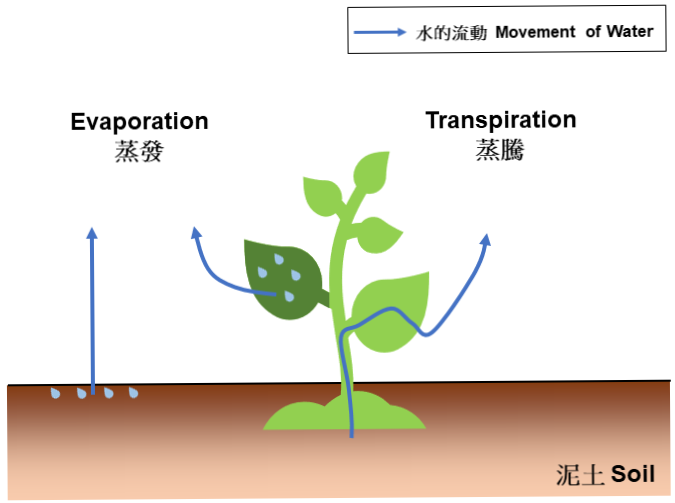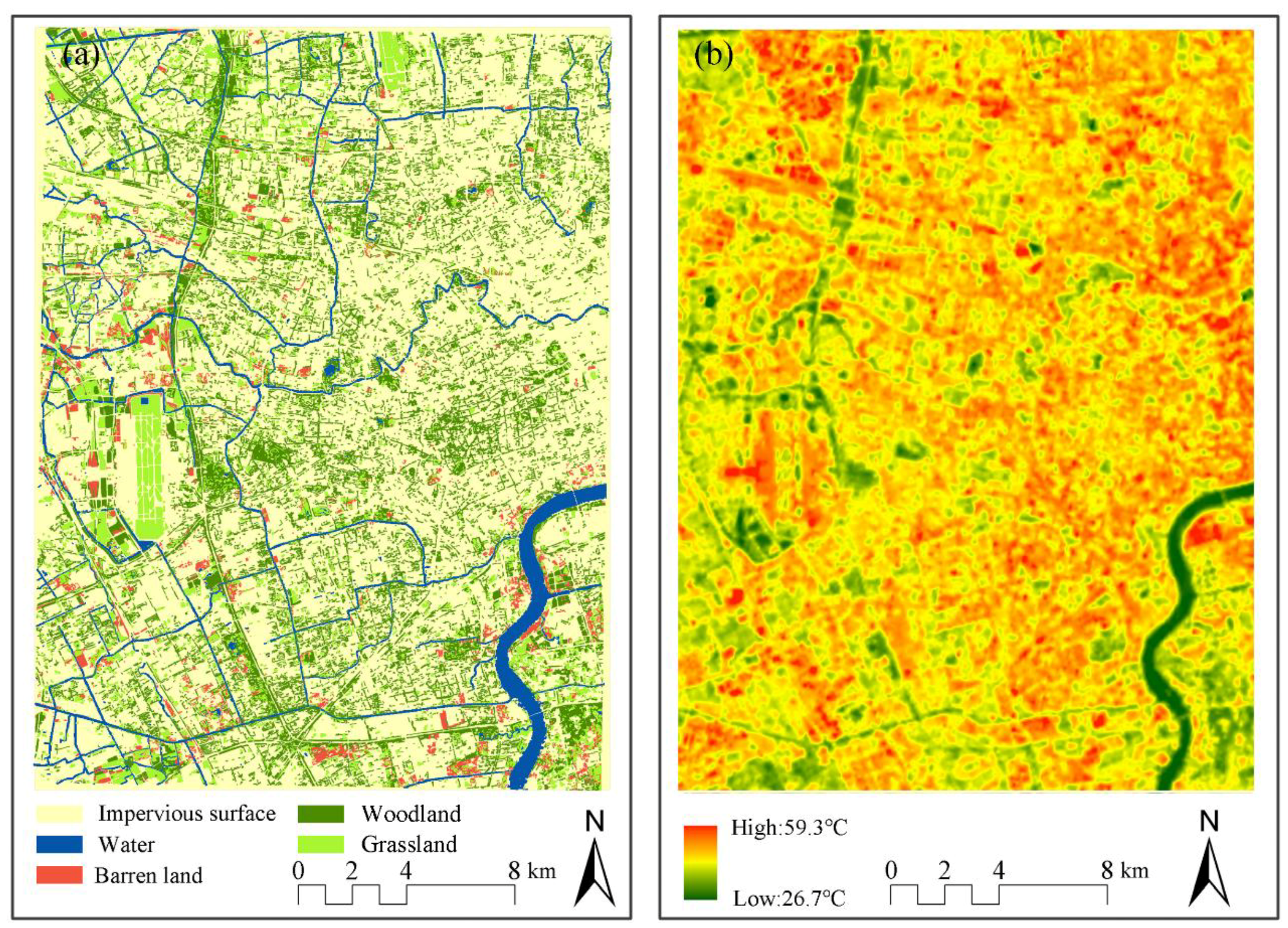Trees removing Heat from the Land Surface
Trees removing Heat from the Land Surface
MA Ho-Long
October 2021
In a hot summer, we usually feel cooler when we walk under the trees. For sure, trees block the sunlight so that sunlight could not reach us directly. Besides that, a phenomenon similar to "sweating" also happens to trees, which can promote land surface heat removal and thus lower the land surface temperature.
When we are sweating, the sweats on the skin surface absorb latent heat from our skin during evaporation. This causes the reduction of body temperature. Similar phenomenon also occurs on the earth surface. The water on the surface will absorb latent heat from the air when it vaporizes into water vapor, reducing the surrounding air temperatures. On the land surface, water vaporizes in two ways. First, water can evaporate from the wet soil and plant surface directly. Second, liquid water can be lost from the stomata of plants, and vaporized into water vapor. This process is called transpiration. For example, when the trees undergo photosynthesis, the stomata on the leaves will open. The water content within the trees, which is mainly obtained from the soil, will then lose to air from the stomata. The two processes: evaporation and transpiration are jointly called as evapotranspiration. During evapotranspiration, the vaporization of water will then absorb latent heat of air to cool the surroundings.

Figure 1. A schematic diagram showing evaporation and transpiration
The efficiency of surface evapotranspiration affects the strength of cooling, and this depends on both weather and environmental factors. Just like sweating, in the condition where the air is relatively dry, the water vapor in the air is yet to be saturated. Thus, the water on the surface is more readily to be vaporized as water vapor. In addition, when wind is relatively strong, water can escape from the soil or the plant surface more easily. These can increase the efficiency of evapotranspiration. Besides, the amount of water that can be lost from plants like trees will also affect the efficiency of transpiration. For instance, when the environment favours photosynthesis (e.g. sufficient sunlight), plants tend to open their stomata to absorb more carbon dioxide for photosynthesis. This enhances transpiration, leading to more water loss to the air over the land surface, and thus amplifies the cooling effect.

Figure 2. The left panel is the land use around the town center of Shanghai. The dark green region represents woodland. The right panel is the estimated land surface temperatures based on the satellite data. It can be observed that land surface temperature is lower at places where there are more trees nearby. The cooling mechanism by evaporation is one of the reasons explaining this phenomenon. This figure is extracted from Effects of Spatial Pattern of Forest Vegetation on Urban Cooling in a Compact Megacity (Zhou et al., 2019), using CC BY 4.0.